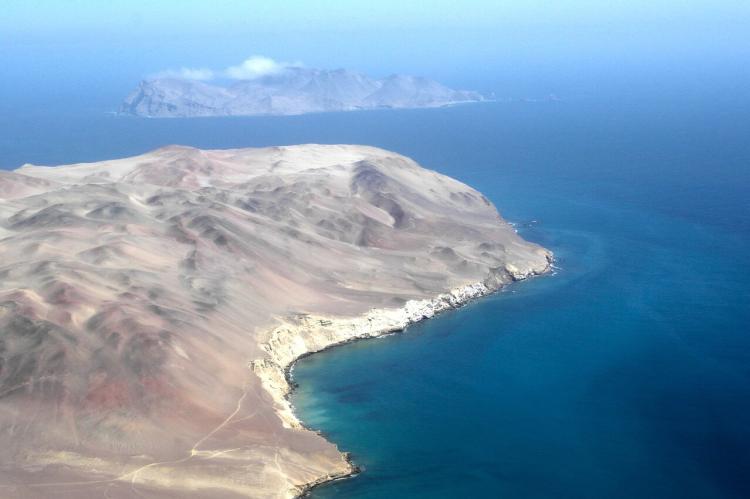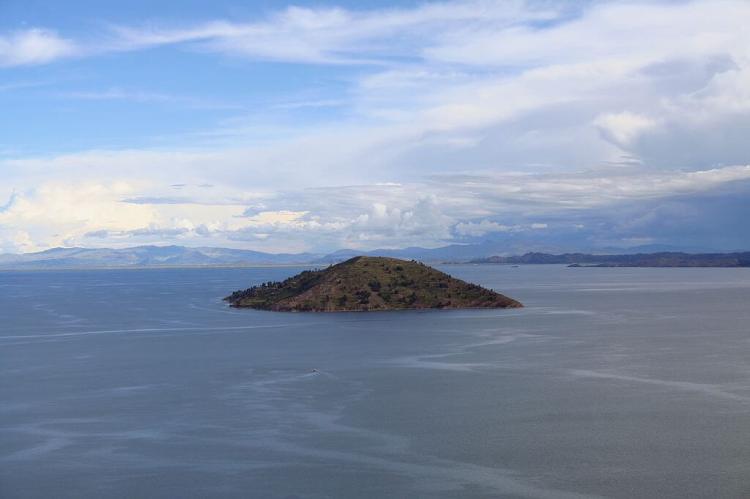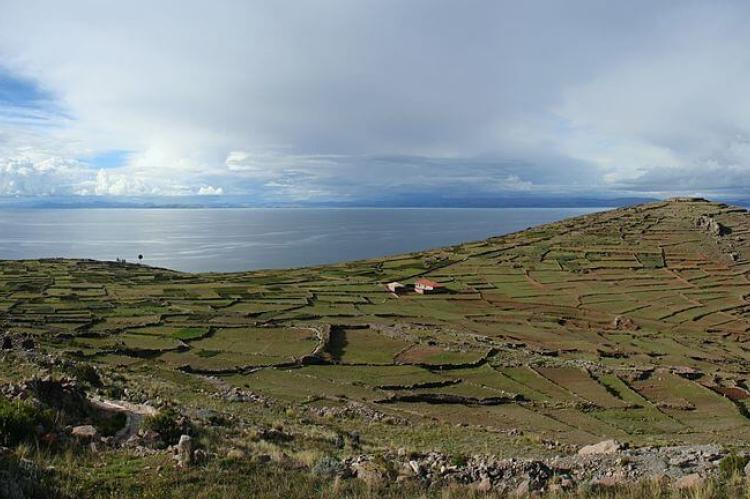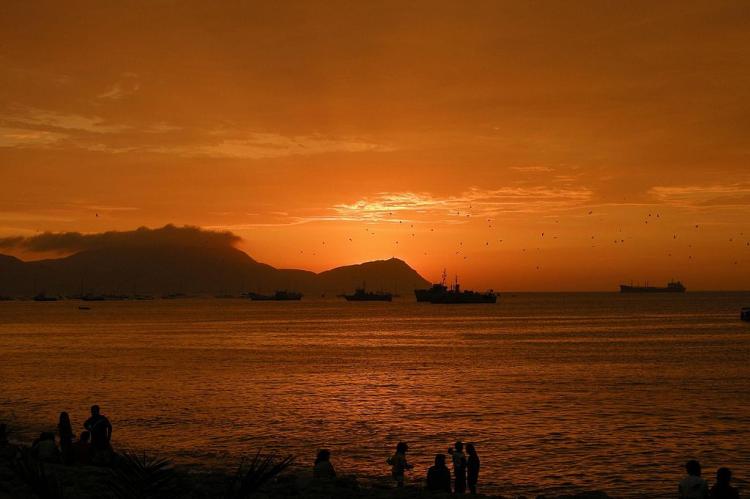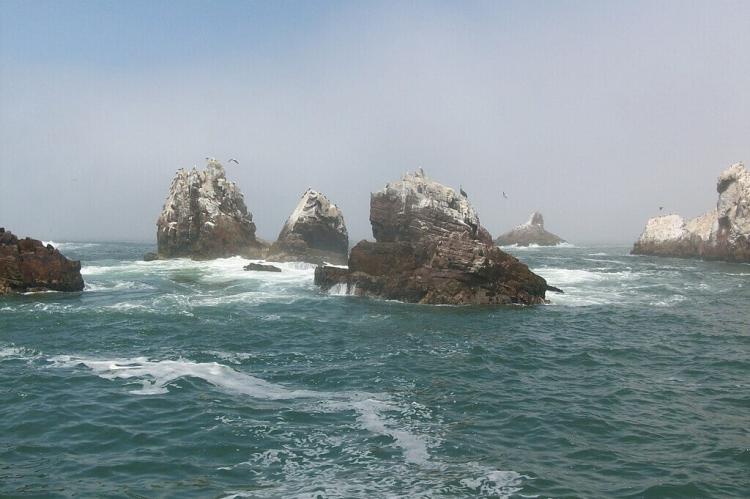Islands and Archipelagos of Peru
Peru has islands and archipelagos along its Pacific coastline and lakes, which are not as well-known as other island destinations. However, they showcase the country's remarkable biodiversity and cultural heritage and contribute significantly to Peru's rich landscapes, wildlife, and cultural diversity.
Islands and Archipelagos of Peru
Peru's lesser-known islands and archipelagos along its Pacific coastline and lakes stand as hidden gems, revealing its remarkable biodiversity and cultural heritage. Along the Pacific coast, the Islas Ballestas emerge as a haven for wildlife enthusiasts, boasting colonies of seabirds, playful sea lions, and even elusive penguins. These rugged islands, often dubbed the "Galápagos of Peru," offer boat tours that provide glimpses into the region's thriving marine ecosystems.
Inland, Lake Titicaca's floating islands of the Uros people offer a unique insight into ancient traditions and sustainable living. Constructed entirely from totora reeds, these artificial islands provide a fascinating glimpse into a way of life that has endured for centuries. Visitors can engage with the local community, learn about traditional crafts, and witness breathtaking views of the Andean landscape from these floating oases.
Despite being less renowned than other island destinations, Peru's islands and archipelagos contribute significantly to the country's rich landscapes, wildlife, and cultural diversity, inviting travelers to embark on unforgettable journeys of exploration and discovery.
Pacific Islands
San Lorenzo Island (Isla San Lorenzo): San Lorenzo Island is the largest island in Peru. It is a restricted zone controlled by the Peruvian Navy and is not open to the public. The island is 16.5 sq km (6.4 sq mi) and is located in the Pacific Ocean near the port city of Callao in the Lima metropolitan area.
Palomino Islands (Islas Palomino): The Palomino Islands are a group of four small islands or islets located about 10 km (6 mi) west of the port city of Callao on the western coast of San Lorenzo Island. The islands are home to sea lions and large colonies of sea birds.
Ballestas Islands (Islas Ballestas): The Ballestas Islands are tiny islands located off the coast of Paracas in the Ica Region. They are known for their rich marine wildlife and are often called the "Galápagos of Peru" due to their similar biodiversity.
Guañape Islands (Islas Guañape): Located off the northern coast of Peru, this group of four islands, Isla Guañape Norte, Isla Guañape Sur, Islotes Cantores, and Islotes Los Leones, are breeding grounds for a variety of seabirds.
Lobos de Tierra and Lobos de Afuera: These islands are also situated off the northern coast and are known for their marine life and bird colonies. Lobos de Afuera, in particular, is home to one of Peru's largest colonies of Humboldt penguins.
Chincha Islands (Islas Chincha): This group of three small are located off the coast of Chincha in the Ica Region. They were historically important for guano extraction (bird excrement used as fertilizer), and some remain inhabited.
Asia Island (Isla Asia): Asia Island is located in the Pacific Ocean, about 30 km (19 mi) from Lima. It is the largest island in Lima Bay and is known for its beaches and seafood restaurants. The island is also a popular destination for surfing and kitesurfing.
Blanca Island (Isla Blanca): Blanca Island is located in the Pacific Ocean, about 20 km (12 mi) from Lima. It is the second largest island in Lima Bay, known for its beaches and wildlife. The island is home to several species of birds, including pelicans, cormorants, and penguins.
Caana Island (Isla Caana): Caana Island is located in the Pacific Ocean, about 20 km (12 mi) from Lima. It is the third largest island in Lima Bay and is known for its beaches and archaeological ruins. The island is home to several pre-Inca ruins, including the Cahuachi pyramid.
Chirita Islands (Islas Chirita): This group of islands is located in the Pacific Ocean, about 100 km (62 mi) from Lima. The Chirita Islands comprise four islands: Santa Rosa, San Jose, San Francisco, and San Martin. The islands are known for their beaches and wildlife. The islands are home to several species of birds, including pelicans, cormorants, and penguins.
Inland Islands
Taquile Island (Isla Taquile): Located in Lake Titicaca, which straddles the border between Peru and Bolivia, Taquile Island is known for its traditional culture and textile production. About 2,200 people live on the island.
Amantaní Island (Isla Amantaní): Amantani Island is located in Lake Titicaca and is the second largest island in the lake. Amantaní is known for its traditional culture, including its weaving and pottery. The island also has several Inca ruins, including the Pachatata temple.
Anapia Island (Isla Anapia): Anapia is the third largest island in Lake Titicaca and is known for its beautiful scenery and friendly people. The island is also home to several traditional villages.
San Gallán Island (Isla San Gallán): This island is part of the Paracas National Reserve known for its diverse bird species and rich marine life.
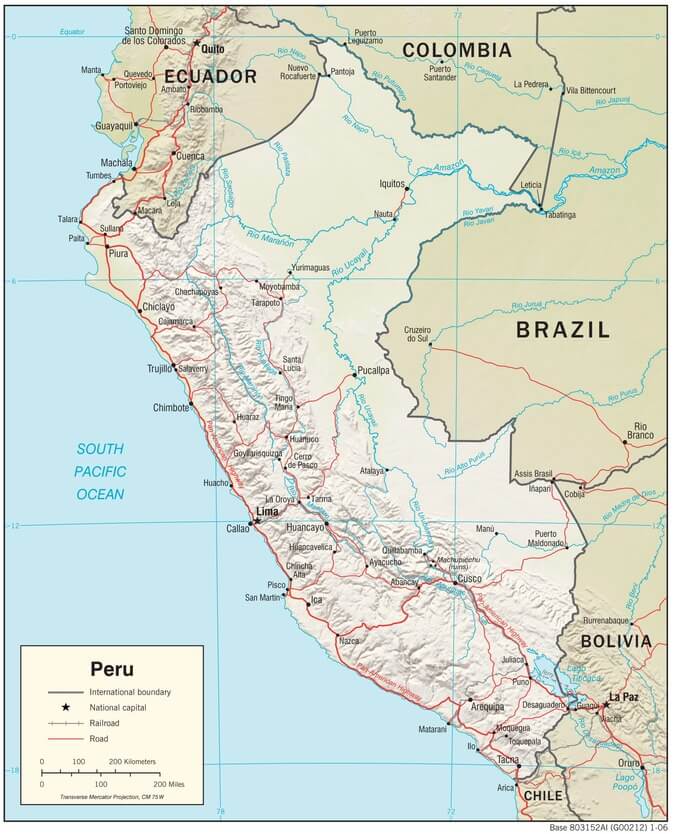
Peru physiographic map.

